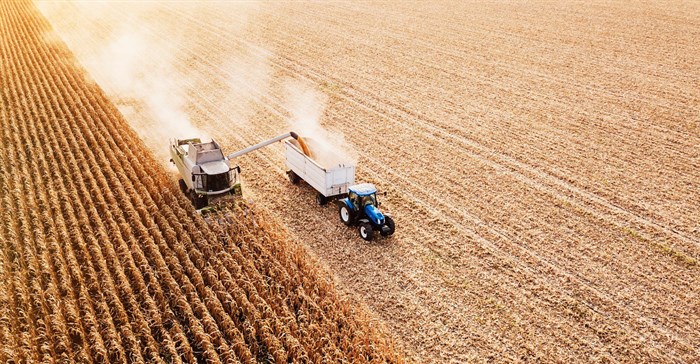
The latter continues to impact South Africa’s hunger crisis significantly, with its recent impact triggering one of the country’s deadliest disasters – the catastrophic KwaZulu-Natal and Eastern Cape floods. A study by the World Weather Attribution service finds that climate change doubled the likelihood of the disaster – from an event expected once every 40 years to every 20 years.
Long-term temperature shifts and weather patterns continue to create an increasingly hostile agricultural environment characterised by natural disasters like heavy rain, hail, and drought. That’s why it’s more crucial than ever that the country’s farmers receive as much support as possible to help them create a sustainable business and continue contributing to South Africa’s food security.
Insurance is an important risk management tool. Agricultural insurance can protect farmers in the agricultural sector by covering losses from adverse weather events. This can help farmers to maintain their income level and to continue farming even if a harvest is lost.
Agricultural insurance can also assist farmers in accessing credit markets, which can provide financing for food production and act as a catalyst for economic growth, for example, by enabling farmers to buy new equipment, fertiliser and seed, thus increasing their output. Insurance also has the potential to change behaviour by reducing uncertainty and putting a price on risk.
As one of the most risk-prone industries in the world, the agriculture insurance industry realises the importance of addressing the effects of climate change, with solutions like crop insurance providing farmers with an edge against climate, environmental, and other risks. When heavy rains and hail cause damage to crops’ before they can be harvested and sold, crop insurance provides the resources that enable farmers to plant the following season. Settlements for weather damage allow farmers to protect their livelihoods.
There’s an increasing need for insurance solutions like Santam, which uses risk assessment expertise and decades of reliable data to support the agriculture industry. The insurer also has an experimental farm dedicated to scientific research on the effects of various perils on key crops in order to keep up to date with new cultivars.
These efforts give farmers peace of mind knowing they can effectively mitigate even more risks that threaten their business, even as the country experiences an increased frequency of these significant events. By adopting new innovative tools, the insurance sector can broaden its climate change risk assessment and better map out possible outcomes. Because of the nature of climate risks and the inherent uncertainty surrounding future events, standard risk modelling methodologies do not adequately assess them.
South Africa can't afford to allow these destructive events to continue contributing to the current food insecurity crisis. The insurance industry must, therefore, use innovative techniques and tools to identify future climate change-related risks and assist farmers in operating more sustainably.